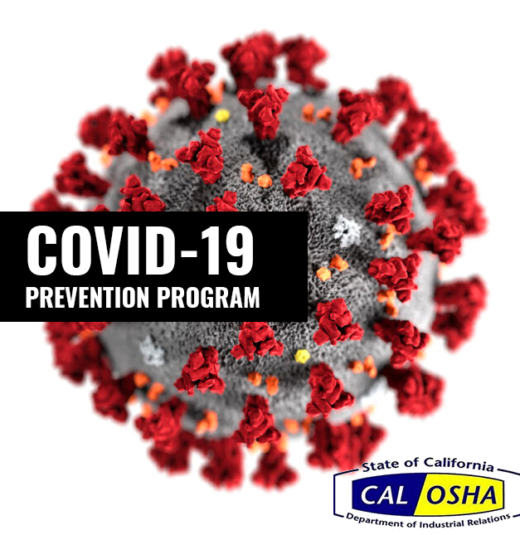After a long search, you are fairly certain everyone has been accounted for, received proper medical care, and been evacuated to safety. Everyone looks like they are going to be fine. Standing with the survivors, however, one person catches your eye. They were treated earlier for bleeding and their wounds were not bad, but they seem confused now, and they’re not responding when people try to communicate with them. Checking you discover that they are going into shock. What do you do?
Shock, or Circulatory Shock, is the last of the three killers. More than just emotional stress, shock is a serious medical problem where not enough blood is circulating through the body, resulting in cellular injuries, tissue degeneration, and the failure of entire organs. Even if bleeding has been stopped and their airway is open a person can still go into shock, and because the symptoms can be so easily missed it is especially dangerous in an emergency.
Types and Causes
There are four different types of shock: Anaphylactic, Septic, Cardiogenic, and Hypovolemic. Anaphylactic and Septic shock are caused by allergies and blood poisoning respectively, and are not likely to occur in a disaster. Cardiogenic shock is caused by damage to the heart which decreases the flow of blood to the rest of the body. Any damage to the heart or irregularities in its rhythm can cause this to occur. Hypovolemic shock, on the other hand, is brought on by blood loss. Losing too much blood will make it impossible for the circulatory system to push it everywhere it needs to go, resulting in shock. As such, victims you treat for bleeding are more likely to suffer from shock later, and you should watch them carefully to make sure you catch it in time. These two types of shock are what you are most likely to find in an emergency situation.
How to Recognize Shock
Shock can have many different and varying kinds of symptoms, making it difficult to identify for people who are unfamiliar with it. An easy way to check for shock it to test circulation by squeezing or having the victim squeeze their fingernail. If the nail turns pink after three seconds then circulation is good. The primary symptoms of shock are shallow breathing and a failure to follow simple commands (like grab my fingers).
Here are some other general symptoms which can indicate that someone is going into shock: general confusion, clammy and cool skin, anxiety, nausea, thirst, an irregular pulse and heart rate, light-headedness, chest pain, and a decrease in blood pressure. Prior blood loss, dehydration, or nerve damage can also indicate potential victims who should be carefully monitored for shock. Also, shock will often lead to unconsciousness, and potentially respiratory and cardiac arrest. If many of these symptoms occur at the same time you can be sure you are dealing with shock.
Treatment
Shock is very deadly because it can permanently damage essential organs in the body. As with every killer, you should call 911 and make sure to get the victim to emergency responders right away. But this is especially true with shock because Cardiogenic and Hypovolemic shock often require special medical treatment like blood transfusion which you cannot perform.
This does not mean that you can do nothing for shock victims, though. If the victim is not breathing or has no heartbeat then you naturally should begin rescue breathing and emergency CPR until paramedics arrive. If they are still breathing and you can detect a heartbeat then you need to 1) monitor their breathing every five minutes, 2) lay them on their back, and 3) elevate their feet 12 inches above the ground. This will make sure that most of their blood flows down and stays around their vital organs, increasing their chance of survival. If they are injured do not do anything which could cause them pain, and if they begin to vomit turn their head or roll their body to the side in order to prevent choking. Keep them hydrated if you can, and apply first aid to any visible wounds.
And there you have it. You should now be fully prepared to approach a victim and handle Bleeding, Obstructed Airways and Shock. In the event of an emergency you will now be more helpful to victims and first responders, and you may even save lives. Remember to stay calm and follow what you have learned here if that moment ever comes, whether it is at work or in your home.
You are more equipped now for emergency situations, but you are still far from prepared. Take our BERT training program today to learn everything you and your business need to be ready and you’ll know how to combine what you’ve learned here about the three killers with the skills of medical triage, emergency planning and more!
Legal Disclaimer: This is not intended as legal or practical advice in any situation. BERT’s Purpose and the purpose of this article is to provide ideas and potential resources for consideration.






